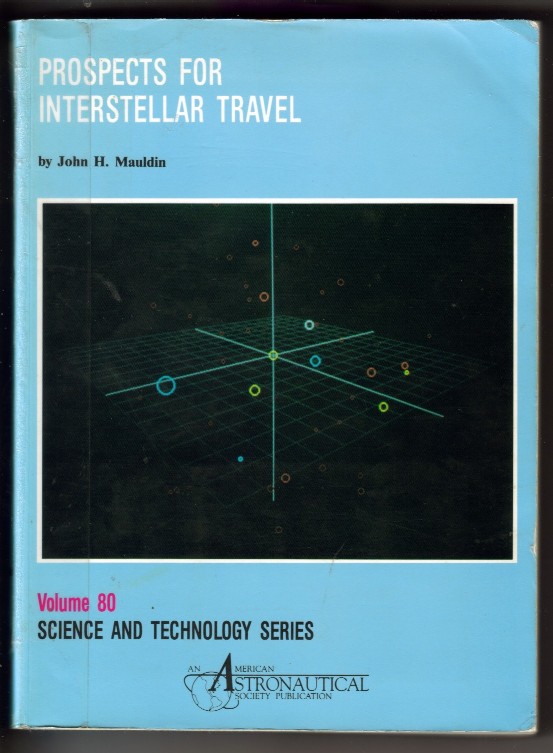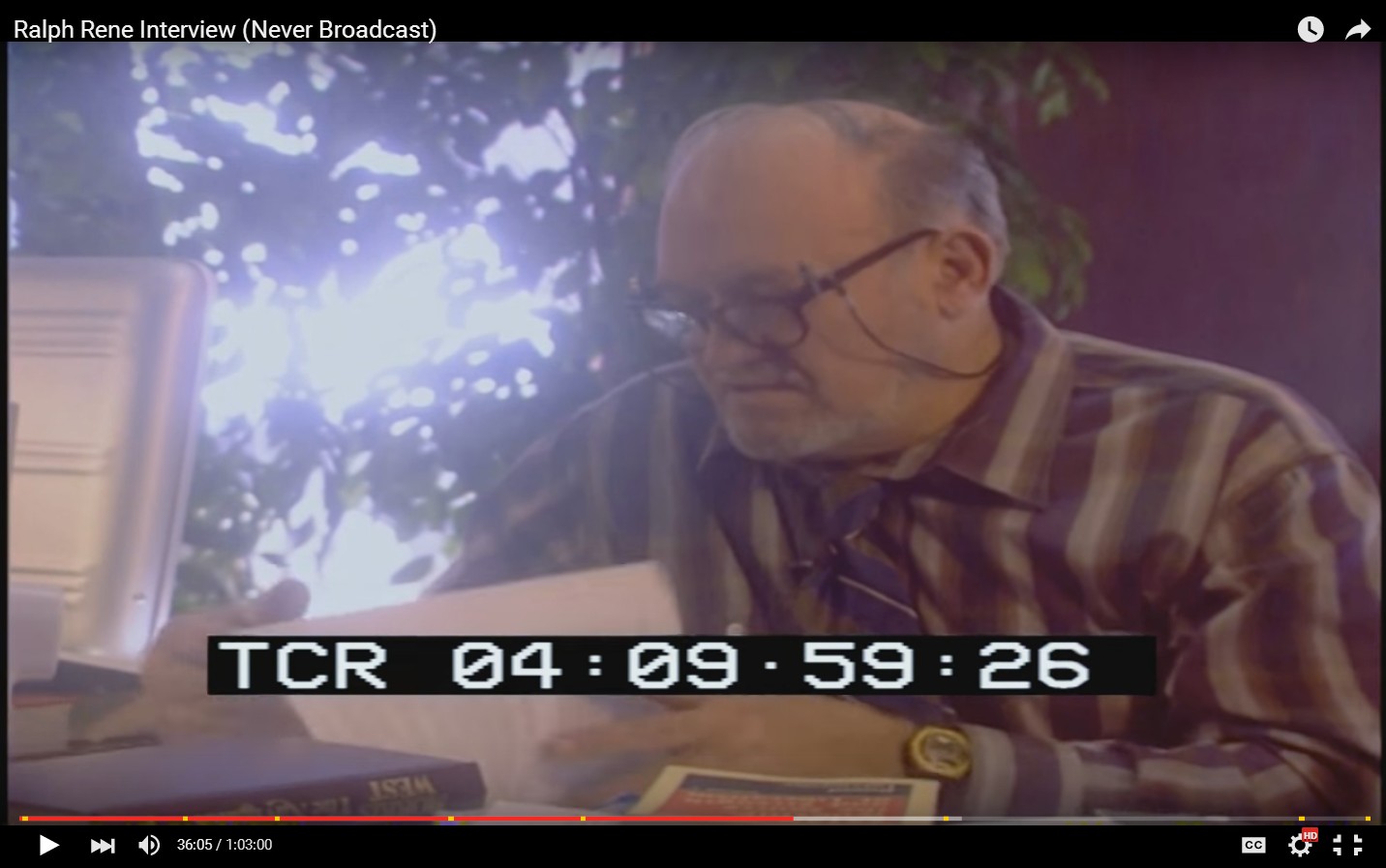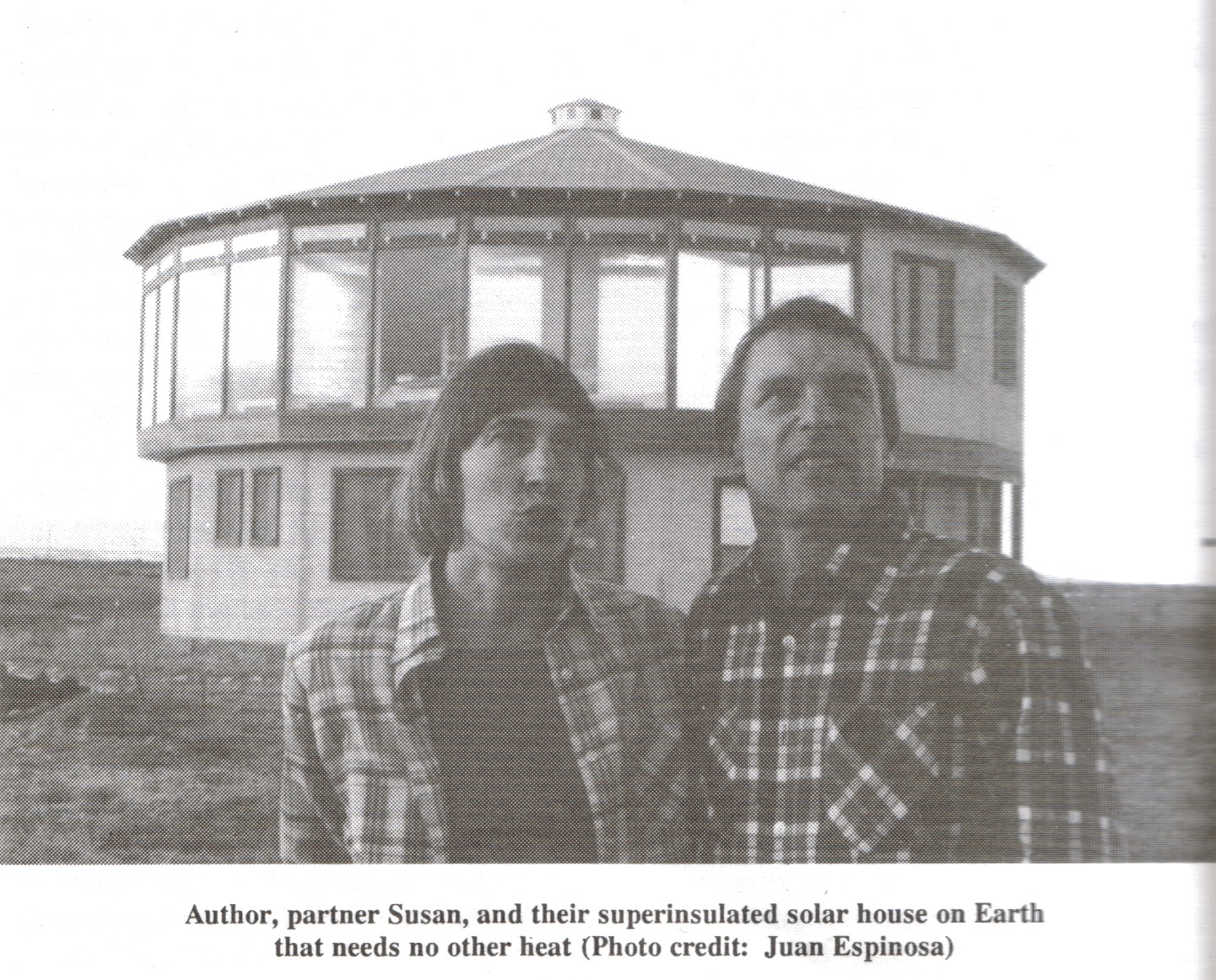

PROSPECTS FOR INTERSTELLAR TRAVEL
by John H. Mauldin (PhD, Sci Ed, U Texas)
Volume 80 , Science and Technology
Series
American Astronautical Society Publication
John H. Mauldin has a bachelor's degree in engineering physics (Cornell University, master's in physics (Purdue University), and Ph.D. in science education (University of Texas). He has four books published in science and technology covering mathematical graphics in Perspective Design (1985; second edition now being prepared), physics in Particles in Nature (1986), solar energy in Sunspaces (1987), and optics in Light, Lasers, and Optics (1988). He has taught physics and engineering at several colleges and universities, done education research and development at MIT and University of Texas, and worked at NASA in electronic power engineering on an early phase of the Voyager missions. Astronomy, space travel, and science fiction were his earliest interests. For lack of funds to build a space colony, he and his wife have designed and built the lowest-cost superinsulated circular solar house on Earth, for which they purchase or burn no fuel for heat and which received a state conservation award.
Cosmic particles are dangerous, come from all sides, and require at least 2 meters of solid shielding all around living organisms.
Solar (or star) flares of protons, an occasional and severe hazard on the way out of and into planetary systems, can give doses of hundreds to thousands of REM over a few hours at the distance of Earth [b-Lorr]. Such doses are fatal and millions of times greater than the permitted dose. Death is likely after 500 REMs in any short time
Page 8.5 RADIATION DAMAGE, EROSION AND SHIELDING
Radiation as discussed here is not to be confused with electro-magnetic waves. Radiation as a hazard commonly refers to high-speed particles, charged and un-charged, and energetic photos from sources: material encountered b a high-speed starship, interstellar particles and protons, particles released from any particle or nuclear drive, and solor flares.


Dr. John Mauldin, partner Susan, and their super-insulated solar house on Earth
that needs no other heat